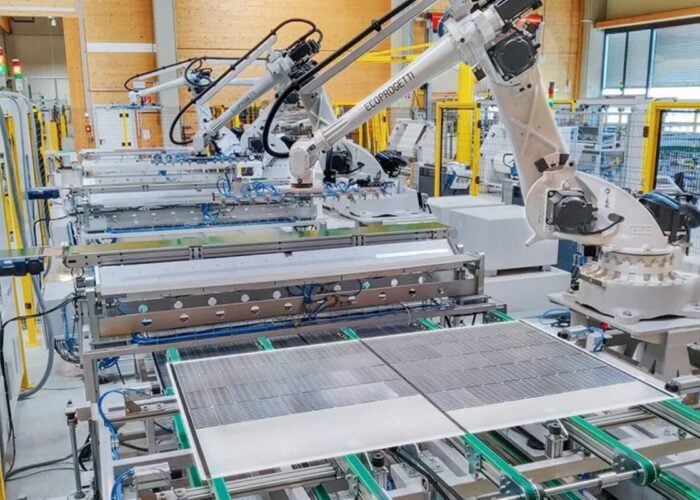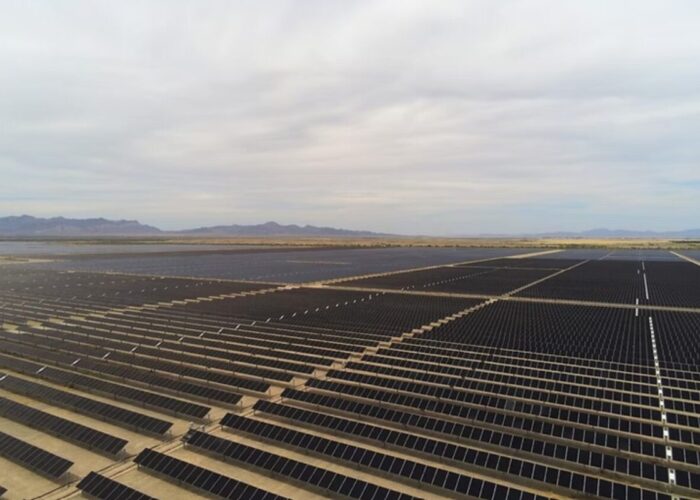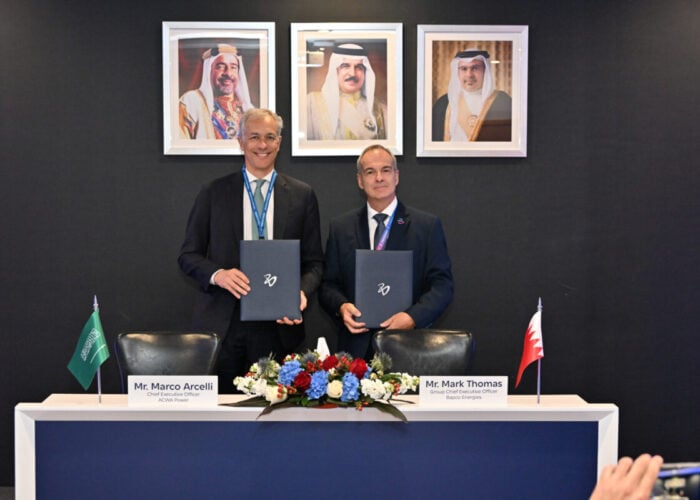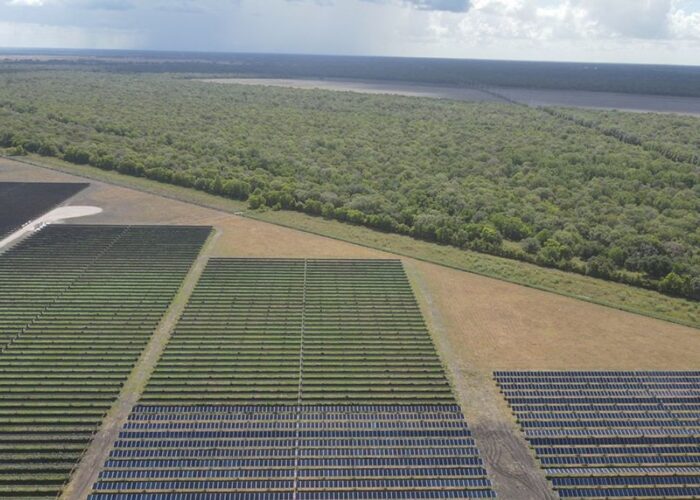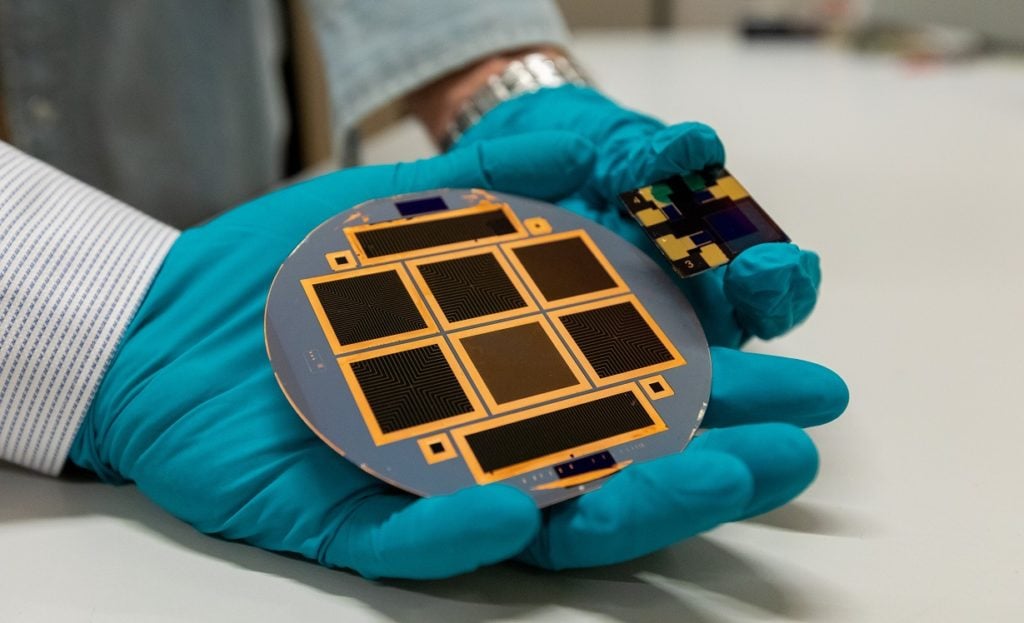
Researchers from the Khajeh Nasir Toosi University of Technology in Iran have published a report into improving the power conversion efficiency of ‘half-tandem’ perovskite solar cells, which drove the efficiency of such cells from 11.78% to 27.63%.
Tandem solar cells, which consist of two or more cells designed to absorb a greater range of solar light, have received increased attention from the solar sector in recent years, with Oxford PV and Fraunhofer ISE developing such a module with a conversion efficiency of 25% earlier this year.
Try Premium for just $1
- Full premium access for the first month at only $1
- Converts to an annual rate after 30 days unless cancelled
- Cancel anytime during the trial period
Premium Benefits
- Expert industry analysis and interviews
- Digital access to PV Tech Power journal
- Exclusive event discounts
Or get the full Premium subscription right away
Or continue reading this article for free
However, the potentially high manufacturing costs associated with deploying multiple cells on a large scale has encouraged research into adjacent technologies, such as half-tandem cells, which consist of one cell comprised of two active layers, stacked on top of each other without an intermediate layer.
The researchers from the Khajeh Nasir Toosi University of Technology explored the potential of such a half-tandem cell in a paper to be published in the May issue of the Alexandria Engineering Journal. The team used methylammonium lead iodide (MAPbI3), a perovskite material, and molybdenum ditelluride (MoTe2) to form the two layers, with the latter material driving an increase in conversion efficiency from 12.13%, before its addition, to 27.01%, after its inclusion.
The scientists then changed the nanostructure of the components to resemble a V-shape, to “enhance light absorption through light trapping,” further increasing the power conversion efficiency to 27.63%.
“This resulted in a 2.35 times efficiency enhancement for the nanostructured V-shaped half-tandem solar cell with MAPbI3 and MoTe2 as absorbent layers,” wrote the researchers in the study.
While these cells are not yet in commercial production, the researchers noted considerable potential for scaling up the production of such half-tandem cells. They note that MoTe2, in particular, has the potential for “cost-effective manufacturing,” and “benefits from other promising properties such as tunable band gap, high carrier mobility, non-toxicity, earth-abundancy and stability and durability.”
The news follows a number of announcements in the cell research space, including the development of a triple-junction perovskite/silicon cell with a conversion efficiency of 27.1%, and work on a printed perovskite cell with a conversion efficiency of 15.5%.


